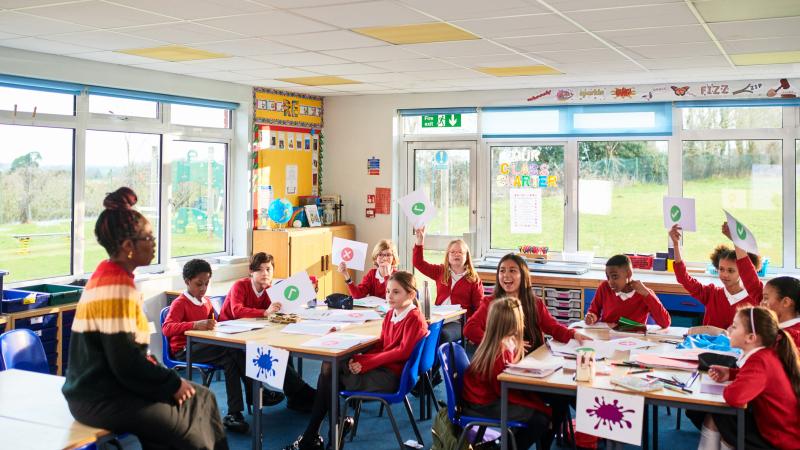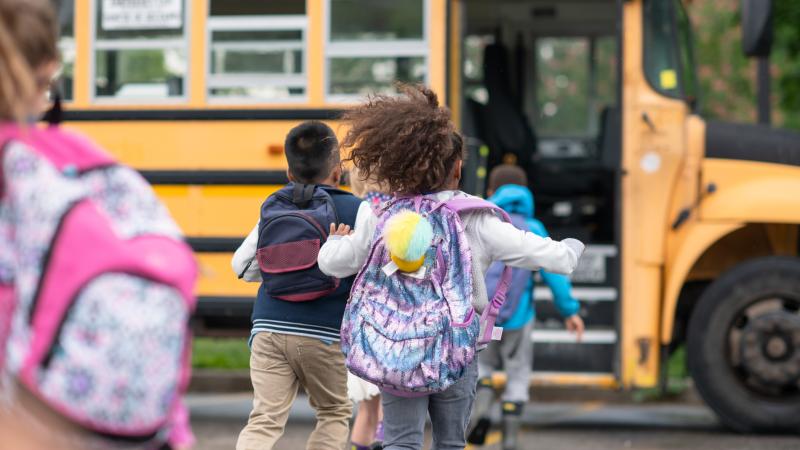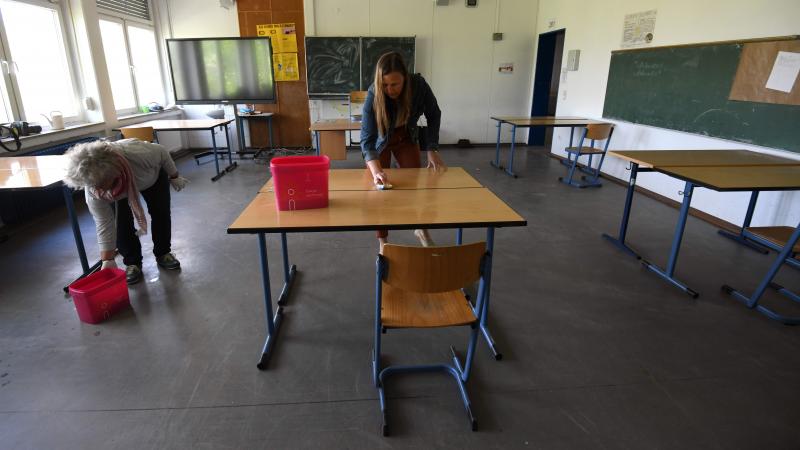Report: Education funding not always linked to outcomes
Despite its being on the lower end for education funding, Virginia’s students performed comparatively well prepandemic.
Though education spending has been on the rise, the increases don’t always correlate to better student outcomes, a study by Libertarian think tank Reason Foundation shows.
The study examined education trends and spending from 2002 through 2020. During that time, Virginia was generally among the bottom 15 states in terms of education spending.
For instance, Virginia’s inflation-adjusted per-student education revenue grew by less than $2,000 in almost 20 years, from $12,129 per student in 2002 to $13,988 per student in 2020 – “a 15.4% growth rate that ranked 36th in the U.S,” according to the study.
Despite its being on the lower end for education funding, Virginia’s students performed comparatively well prepandemic.
In 2019, Virginia fourth-graders earned the third-highest average score for math among the states and had a higher percentage of proficient readers among that same age group than all but seven states for reading.
In its annual Top States for Business report, CNBC assesses states according to a number of factors, including kindergarten through higher education. While Virginia typically ranks near the top for business, it also often places in the top 10 for education. It placed first in 2019.
New York, by contrast, had the highest education revenue per student in 2020, up 70.2% from 2002 at $30,723 per student. Though the Empire State saw the greatest growth in per-student revenue over the near-20-year period, it placed in the bottom 10 for its fourth and eighth graders’ standardized math and reading score growth. Its students’ average reading score actually declined; their math scores increased by one point.
Like so many other states, however, Virginia’s performance has dipped postpandemic. Fourth grade reading levels dropped below the national average for the first time in decades and math scores, after clearing the national average by almost nine points in 2017, barely beat it in 2022. Students’ scores have also decreased on the annual state Standards of Learning tests, by an average of over 11 points.
Discouraging test scores and a July report by Virginia’s legislative watchdog group the Joint Legislative Audit and Review Commission indicating the state had been underfunding its education system for years have spurred legislators and the governor to invest more in education lately.
The report made education spending a particularly hot button topic in Richmond in recent months, with Democrats accusing the governor of not prioritizing children’s education and instead preferring to give tax cuts to the wealthy and Gov. Glenn Youngkin blaming the underfunding on previous administrations.
In 2022 (about a year prior to the report), the state passed the commonwealth’s largest education budget. The General Assembly approved budget amendments this fall that included $645 million in education funding – with large investments to accelerate pandemic learning loss recovery – and $55 million in teacher pay raises.
Youngkin’s proposed fiscal year 2025-26 budget included an education budget that would top previous years and once again become the largest education budget in commonwealth history, at $24 billion, a near $1 billion increase over the previous budget according to a statement from the governor’s office. But the Virginia Education Association claimed in a statement that the budget still failed to address real needs in the state’s education system, and since then, the House and Senate have proposed budgets that would funnel $1 billion and $1.6 billion more toward public education. The 2024 regular session will come to a close in a week and will reconvene in April to hear the governor’s amendments and vetoes.
Even more recently, the governor said the report relied on “outdated data," but the commission defended its research and findings. The Assembly is scheduled to adjourn on Saturday and is supposed to propose a biennial budget by then.
















